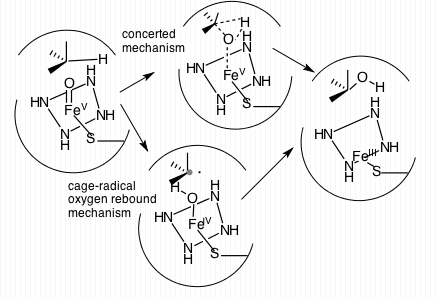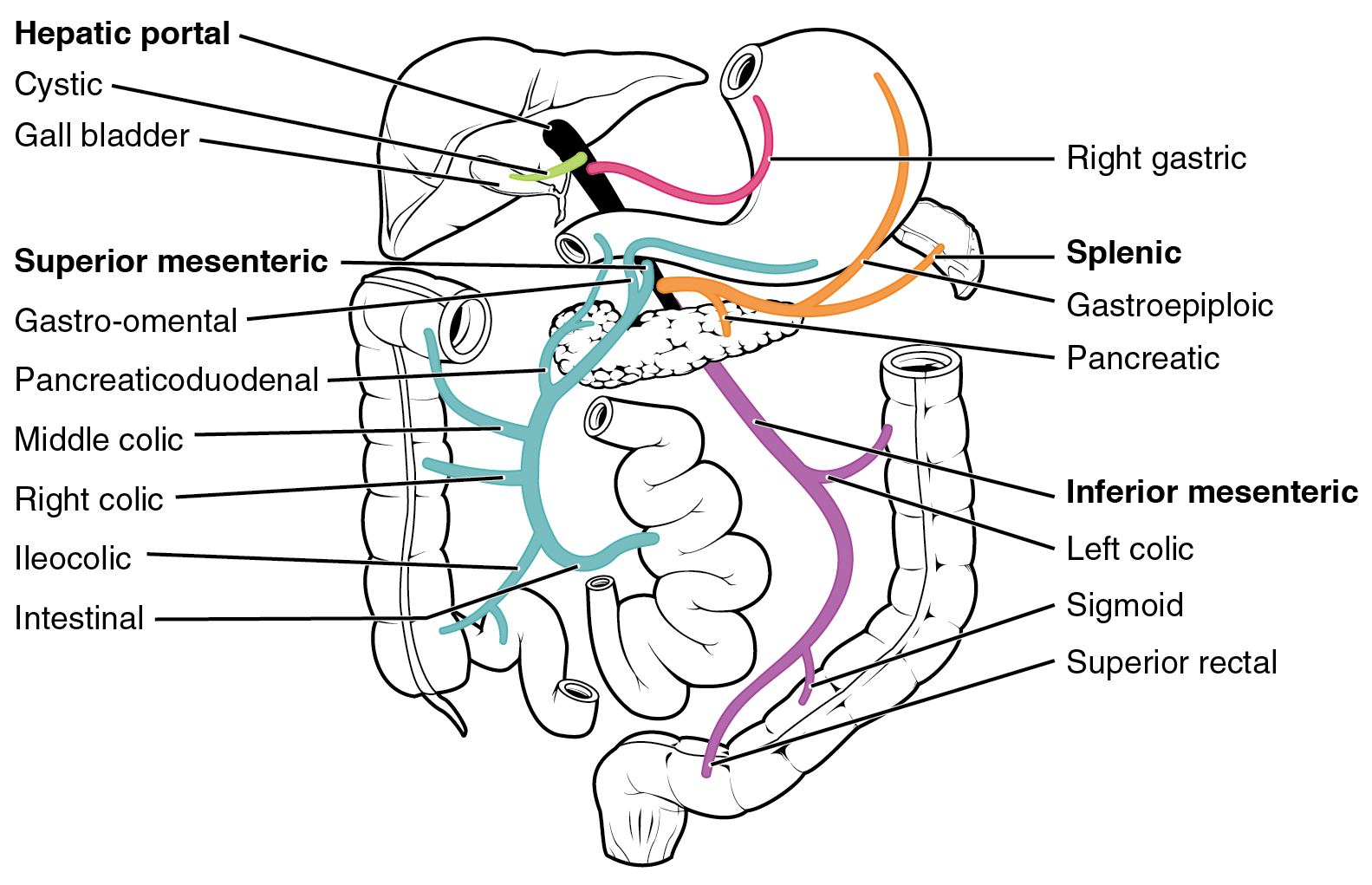|
Ebastine
Ebastine is a H1 antihistamine with low potential for causing drowsiness. It does not penetrate the blood–brain barrier to a significant amount and thus combines an effective block of the H1 receptor in peripheral tissue with a low incidence of central side effects, i.e. seldom causing sedation or drowsiness. It was patented in 1983 by Almirall S.A and came into medical use in 1990. The substance is often provided in micronised form due to poor water solubility. Uses Ebastine is a second-generation H1 receptor antagonist that is indicated mainly for allergic rhinitis and chronic idiopathic urticaria. It is available in 10 and 20 mg tablets and as fast-dissolving tablets, as well as in pediatric syrup. It has a recommended flexible daily dose of 10 or 20 mg, depending on disease severity. Data from over 8,000 patients in more than 40 clinical trials and studies suggest efficacy of ebastine in the treatment of intermittent allergic rhinitis, persistent aller ... [...More Info...] [...Related Items...] OR: [Wikipedia] [Google] [Baidu] |
Almirall
Almirall, S.A. is a Spanish pharmaceutical company dedicated to medical dermatology, with headquarters in Barcelona, founded in 1944. In 2023, the company generated total revenues of €898.8 million and was the leading European company in medical dermatology. With approximately 1,904 employees (2023), it has a direct presence in 20 countries through its 15 subsidiaries in Europe and the USA. History Early history Almirall SA was founded in 1944 in Spain. In 1979, the company launched gastroprokinetic clebopride in Spain, the first product from the company’s internal R&D team. In 1984, the business launched antacid product, almagate, in Spain, as well as anti-inflammatory piketoprofen in 1985 and antihistamine ebastine and cinitapride in 1985. In the same year, Almirall opened its first subsidiary, based in Belgium. In 1992 the company launched aceclofenac and a year later opened its second foreign subsidiary, in Portugal. The company's new headquarters were opened in Ba ... [...More Info...] [...Related Items...] OR: [Wikipedia] [Google] [Baidu] |
Liver
The liver is a major metabolic organ (anatomy), organ exclusively found in vertebrates, which performs many essential biological Function (biology), functions such as detoxification of the organism, and the Protein biosynthesis, synthesis of various proteins and various other Biochemistry, biochemicals necessary for digestion and growth. In humans, it is located in the quadrants and regions of abdomen, right upper quadrant of the abdomen, below the thoracic diaphragm, diaphragm and mostly shielded by the lower right rib cage. Its other metabolic roles include carbohydrate metabolism, the production of a number of hormones, conversion and storage of nutrients such as glucose and glycogen, and the decomposition of red blood cells. Anatomical and medical terminology often use the prefix List of medical roots, suffixes and prefixes#H, ''hepat-'' from ἡπατο-, from the Greek language, Greek word for liver, such as hepatology, and hepatitis The liver is also an accessory digestive ... [...More Info...] [...Related Items...] OR: [Wikipedia] [Google] [Baidu] |
QT Prolongation
QT or Qt may refer to: Businesses * The Qt Company, a Finnish software developer * QT Hotels & Resorts, an Australasian hospitality provider * QT Inc., an American bracelet manufacturer * QuikTrip, an American convenience store chain People * QT (musician) (born 1988), American pop singer * QTCinderella (born 1994), American Twitch streamer and YouTuber * Q-Tee, British rapper (active in the 1990s) * Quentin Tarantino (born 1963), American filmmaker Science and technology Computer software * Qt (software), a cross-platform application framework * QuickTime, a multimedia technology from Apple Inc. Heart medicine * QT interval, on an electrocardiogram ** Long QT syndrome, a rare condition ** Short QT syndrome, a very rare disease Units of measure * Quart (qt), an imperial unit of volume Television shows * '' QT: QueerTelevision'', a 1990s Canadian LGBT newsmagazine * ''Question Time'' (TV programme), a British panel debate (first aired 1979) Transport * QT (New York City ... [...More Info...] [...Related Items...] OR: [Wikipedia] [Google] [Baidu] |
Piperidines
Piperidine is an organic compound with the molecular formula (CH2)5NH. This heterocyclic compound, heterocyclic amine consists of a six-membered ring containing five methylene bridges (–CH2–) and one amine bridge (–NH–). It is a colorless liquid with an odor described as objectionable, typical of amines. The name comes from the genus name ''Piper (genus), Piper'', which is the Latin word for Black pepper, pepper. Although piperidine is a common organic compound, it is best known as a representative structure element within many pharmaceuticals and alkaloids, such as natural-occurring Solenopsin, solenopsins. Production Piperidine was first reported in 1850 by the Scottish chemist Thomas Anderson (chemist), Thomas Anderson and again, independently, in 1852 by the French chemist Auguste André Thomas Cahours, Auguste Cahours, who named it. Both of them obtained piperidine by reacting piperine with nitric acid. Industrially, piperidine is produced by the hydrogenation of p ... [...More Info...] [...Related Items...] OR: [Wikipedia] [Google] [Baidu] |
Ethers
In organic chemistry, ethers are a class of compounds that contain an ether group, a single oxygen atom bonded to two separate carbon atoms, each part of an organyl group (e.g., alkyl or aryl). They have the general formula , where R and R′ represent the organyl groups. Ethers can again be classified into two varieties: if the organyl groups are the same on both sides of the oxygen atom, then it is a simple or symmetrical ether, whereas if they are different, the ethers are called mixed or unsymmetrical ethers. A typical example of the first group is the solvent and anaesthetic diethyl ether, commonly referred to simply as "ether" (). Ethers are common in organic chemistry and even more prevalent in biochemistry, as they are common linkages in carbohydrates and lignin. Structure and bonding Ethers feature bent linkages. In dimethyl ether, the bond angle is 111° and C–O distances are 141 pm. The barrier to rotation about the C–O bonds is low. The bonding of oxygen ... [...More Info...] [...Related Items...] OR: [Wikipedia] [Google] [Baidu] |
H1 Receptor Antagonists
H1 antagonists, also called H1 blockers, are a class of medications that block the action of histamine at the H1 receptor, helping to relieve allergic reactions. Agents where the main therapeutic effect is mediated by negative modulation of histamine receptors are termed antihistamines; other agents may have antihistaminergic action but are not true antihistamines. In common use, the term "antihistamine" refers only to H1-antihistamines. Virtually all H1-antihistamines function as inverse agonists at the histamine H1-receptor, as opposed to neutral antagonists, as was previously believed. Medical uses H1-antihistamines are used clinically to treat histamine-mediated allergic conditions. These indications may include:Rossi S (Ed.) (2004). ''Australian Medicines Handbook 2004''. Adelaide: Australian Medicines Handbook. * Allergic rhinitis * Allergic conjunctivitis * Allergic skin, dermatological conditions (contact dermatitis) * Rhinorrhea (runny nose) * Urticaria * Angioedema ... [...More Info...] [...Related Items...] OR: [Wikipedia] [Google] [Baidu] |
South Africa
South Africa, officially the Republic of South Africa (RSA), is the Southern Africa, southernmost country in Africa. Its Provinces of South Africa, nine provinces are bounded to the south by of coastline that stretches along the Atlantic Ocean, South Atlantic and Indian Ocean; to the north by the neighbouring countries of Namibia, Botswana, and Zimbabwe; to the east and northeast by Mozambique and Eswatini; and it encloses Lesotho. Covering an area of , the country has Demographics of South Africa, a population of over 64 million people. Pretoria is the administrative capital, while Cape Town, as the seat of Parliament of South Africa, Parliament, is the legislative capital, and Bloemfontein is regarded as the judicial capital. The largest, most populous city is Johannesburg, followed by Cape Town and Durban. Cradle of Humankind, Archaeological findings suggest that various hominid species existed in South Africa about 2.5 million years ago, and modern humans inhabited the ... [...More Info...] [...Related Items...] OR: [Wikipedia] [Google] [Baidu] |
Desloratadine
Desloratadine sold under the brand name Aerius among others, is a tricyclic H1 antagonist, H1 inverse agonist that is used to treat allergy, allergies. It is an active metabolite of loratadine. It was patented in 1984 and came into medical use in 2001. It was brought to the market in the US by Schering Corporation, later named Schering-Plough. Medical uses Desloratadine is used to treat allergic rhinitis, nasal congestion and chronic idiopathic urticaria (hives). It is the major metabolite of loratadine and the two drugs are similar in safety and effectiveness. Desloratadine is available in many dosage forms and under many brand names worldwide. An emerging indication for desloratadine is in the treatment of acne, as an inexpensive adjuvant to isotretinoin and possibly as maintenance therapy or monotherapy. Side effects The most common side effects are fatigue (medical), fatigue (1.2%), dry mouth (3%), and headache (0.6%). Interactions Co-administration with erythrom ... [...More Info...] [...Related Items...] OR: [Wikipedia] [Google] [Baidu] |
Carboxylic Acid
In organic chemistry, a carboxylic acid is an organic acid that contains a carboxyl group () attached to an Substituent, R-group. The general formula of a carboxylic acid is often written as or , sometimes as with R referring to an organyl group (e.g., alkyl, alkenyl, aryl), or hydrogen, or other groups. Carboxylic acids occur widely. Important examples include the amino acids and fatty acids. Deprotonation of a carboxylic acid gives a carboxylate anion. Examples and nomenclature Carboxylic acids are commonly identified by their trivial names. They often have the suffix ''-ic acid''. IUPAC-recommended names also exist; in this system, carboxylic acids have an ''-oic acid'' suffix. For example, butyric acid () is butanoic acid by IUPAC guidelines. For nomenclature of complex molecules containing a carboxylic acid, the carboxyl can be considered position one of the parent chain even if there are other substituents, such as 3-chloropropanoic acid. Alternately, it can be named ... [...More Info...] [...Related Items...] OR: [Wikipedia] [Google] [Baidu] |
Cytochrome P450 3A4
Cytochrome P450 3A4 (abbreviated CYP3A4) () is an important enzyme in the body, mainly found in the liver and in the intestine, which in humans is encoded by ''CYP3A4'' gene. It oxidizes small foreign organic molecules (xenobiotics), such as toxins or drugs, so that they can be removed from the body. It is highly homologous to CYP3A5, another important CYP3A enzyme. While many drugs are deactivated by CYP3A4, there are also some drugs that are ''activated'' by the enzyme. Some substances, such as some drugs and furanocoumarins present in grapefruit juice, interfere with the action of CYP3A4. These substances will, therefore, either amplify or weaken the action of those drugs that are modified by CYP3A4. CYP3A4 is a member of the cytochrome P450 family of oxidizing enzymes. Several other members of this family are also involved in drug metabolism, but CYP3A4 is the most common and the most versatile one. Like all members of this family, it is a hemoprotein, i.e. a protein cont ... [...More Info...] [...Related Items...] OR: [Wikipedia] [Google] [Baidu] |
First-pass Metabolism
The first pass effect (also known as first-pass metabolism or presystemic metabolism) is a phenomenon of drug metabolism at a specific location in the body which leads to a reduction in the concentration of the active drug before it reaches the site of action or systemic circulation. The effect is most associated with orally administered medications, but some drugs still undergo first-pass metabolism even when delivered via an alternate route (e.g., IV, IM, etc.). During this metabolism, drug is lost during the process of absorption which is generally related to the liver and gut wall. The liver is the major site of first pass effect; however, it can also occur in the lungs, vasculature or other metabolically active tissues in the body. Notable drugs that experience a significant first pass effect are buprenorphine, chlorpromazine, cimetidine, diazepam, ethanol (drinking alcohol), imipramine, insulin, lidocaine, midazolam, morphine, pethidine, propranolol, and tetrahydroc ... [...More Info...] [...Related Items...] OR: [Wikipedia] [Google] [Baidu] |




